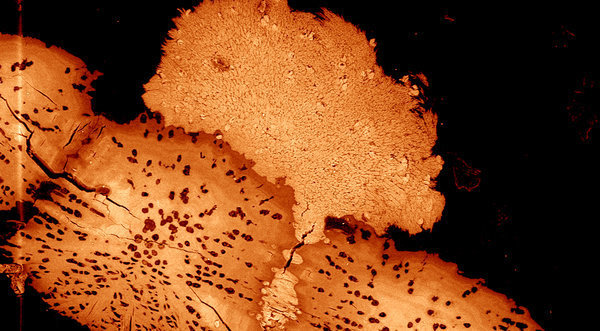
Evolutionary Perspectives on Vertebrate Hard Tissues
The study of skeletal biology is dominated by work on a small number of model mammals, although mammals represent fewer than 10% of living vertebrate species. In contrast, the number of living fish species is staggering, being half of all vertebrates and having an astounding range of morphological, functional and ecological diversity. Our group investigates principles of organization in musculoskeletal systems —particularly in fishes— to address questions relevant to biomaterials and translational science, but also vertebrate ecology and evolution, and physiology and behavior. We use a variety of anatomical, imaging, mechanics and materials science approaches to investigate development and form-function relationships, from tissues up to whole skeletal elements. We aim to develop non-traditional fish models for the study of skeletal development, materials and evolution, and by rooting these analyses in species’ ecology and in comparisons with other tissues, we show that skeletal materials are much more diverse in their structure and performance than can be appreciated from mammalian tissues alone.
